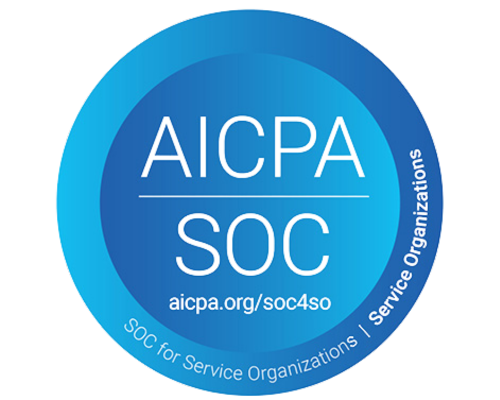E-Verify vs. Form I-9: The Confusion Costing Employers Big
In the world of employment verification, confusion runs deep—especially around the relationship between Form I-9 and E-Verify. Many employees mistakenly believe that submitting information to one system means they’ve satisfied both requirements, while some employers assume that enrolling in E-Verify automatically ensures I-9 compliance.
Let’s clear the air.
Form I-9:
Required for Everyone
Every employer in the U.S. is legally required to complete Form I-9 for each W-2 new hire—no exceptions. This form verifies a worker’s identity and employment eligibility by requiring documents that prove the employees eligibility to work in the United States.
Failing to properly complete or retain I-9 forms can result in hefty penalties. In fact, in 2017, Asplundh Tree Experts, Co., one of the largest privately held companies in the U.S., was fined $95 million—the largest immigration-related penalty ever—for I-9-related violations, including rehiring workers known to be unauthorized. Read the ICE Press Release on Asplundh Fine to find out more.
E-Verify: Required Only in Some Cases
E-Verify, on the other hand, is an internet-based system run by the Department of Homeland Security (DHS) in partnership with the Social Security Administration (SSA). It compares information from the I-9 against federal records to confirm work eligibility.
States Where E-Verify Is Required by Law
E-Verify is not required in all states, but federally mandated for certain federal contractors and required by law in several states, including:
- Alabama
- Arizona
- Florida
- Georgia
- Mississippi
- North Carolina
- South Carolina
- Tennessee
- Utah
In these states, if you're an employer (and in some cases, even a subcontractor), E-Verify is mandatory. In other states, it’s optional—but increasingly encouraged.
Additional States with E-Verify Requirements
Beyond the states with blanket mandates, several others have more specific E-Verify requirements for certain sectors or circumstances. These requirements often apply to public employers, government contractors, or businesses seeking state-funded incentives. Examples include:
- Indiana: State and local government agencies, as well as contractors, are required to use E-Verify.
- Texas: E-Verify is mandated for state agencies and contractors, helping ensure legal workforces within government operations.
- West Virginia: Public employers must use E-Verify to verify new hires' employment eligibility.
Other states with targeted E-Verify requirements include Idaho, Louisiana, Michigan, Minnesota, Missouri, Nebraska, Oklahoma, Pennsylvania, and Virginia. In these states, E-Verify is often mandated for public employers, contractors, or as a condition for public contracts or participation in state-funded incentive programs.
Key Differences at a Glance
| Feature | Form I-9 | E-Verify |
|---|---|---|
| Required by law? | Yes – for all employers | No – unless required by federal contract or state law |
| Purpose | Verify identity and work eligibility using documents | Confirm work eligibility against SSA and DHS databases |
| Who completes it? | Employer and employee | Employer only (after I-9 is completed) |
| Applies to | All employees | New hires only in enrolled organizations |
| Paper or digital? | Paper or electronic | Online only |
Do You Need an I-9 Compliance Tool If You Use E-Verify?
Absolutely!
E-Verify is not a substitute for Form I-9. You still must complete and retain I-9s correctly—and doing that manually or inconsistently can lead to expensive errors. E-Verify only begins after a compliant I-9 has been completed. If you’re relying solely on E-Verify and not managing I-9s correctly, your business is still at risk.
Avoid the Risk with Clear I-9
Managing I-9s manually—or relying on basic, outdated tools—can leave you vulnerable to audits, fines, and processing errors. That’s where Clear I-9 comes in.
Clear I-9 is a cloud-based solution that:
- Streamlines and automates the entire I-9 process.
- Seamlessly integrates with E-Verify.
- Keeps you audit-ready with secure digital storage and error-checking logic.
- Simplifies compliance across all states, including those with mandatory E-Verify laws.
Take the Next Step in Compliance
Don’t wait for an audit to find out your I-9s aren’t up to par.
Start protecting your business today with Clear I-9. Request a demo now!
Have Questions or Need More Information?
We will get back to you as soon as possible.
Please try again later.

HRlogics





